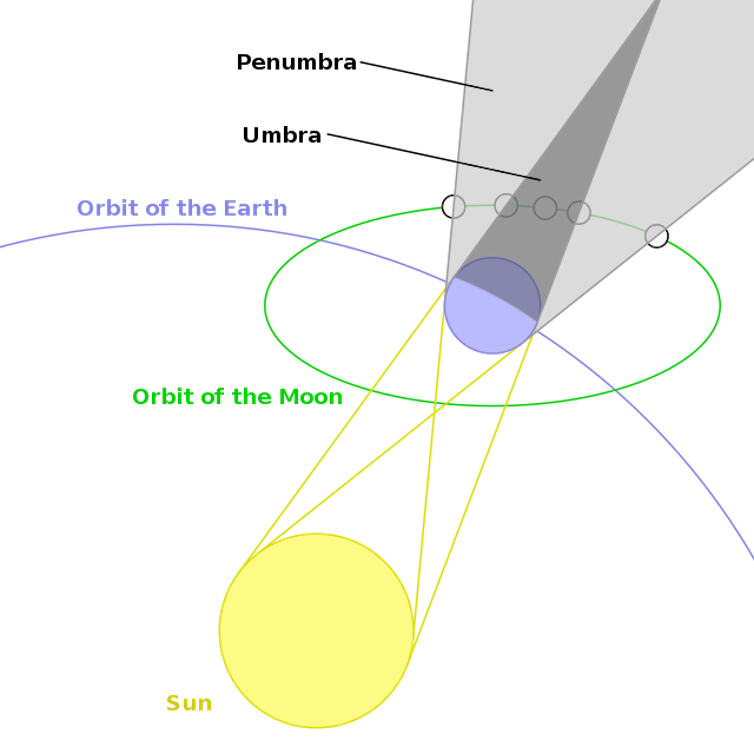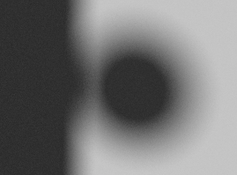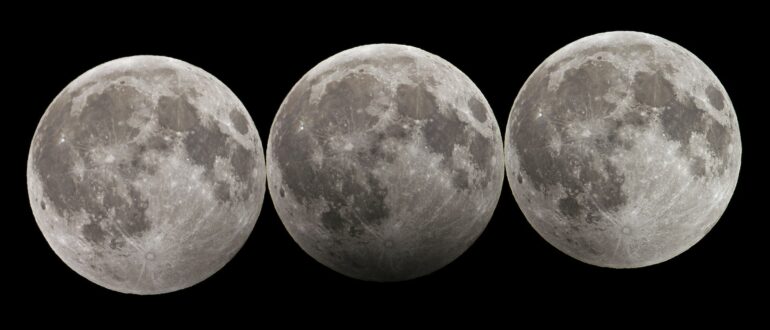On May 5, 2023, people around the world will witness a a lunar eclipse when the Earth gets between the Sun and the Moon and casts part of its shadow on the Moon.
The eclipse will be visible in Africa, Asia, Australia and large portions of Europe, though not in the U.S. this time around. This eclipse is not what some call a “blood moon,” as it will not turn red. Instead, the Moon will dim slightly as it passes through a lighter part of the Earth’s shadow – called the penumbra.
I am the director of the Abrams Planetarium at Michigan State University and it is part of my job to get people outside and looking up, and eclipses are some of the easiest to see. While the upcoming event will not be the most stunning celestial display, it is just the first of a number of eclipses occurring over the next year, and they all work in similar ways.

A lunar eclipse occurs when the Moon passes through the Earth’s shadow.
Sagredo/Wikimedia Commons
How do eclipses work?
Both lunar and solar eclipses depend on particular orientations of the Earth, Sun and Moon. A lunar eclipse occurs when the Earth’s shadow covers all or part of the Moon. This can only happen when the Moon is directly on the opposite side of the Earth from Sun, which is also when full moons occur.
Like the Earth, half of the Moon is illuminated by the Sun at any one time. When the Moon and the Sun are perfectly opposite each other, people on Earth can see the entire lit-up side, which looks like a round disc in the night sky.

Lunar eclipses can only occur during a full moon when the Moon is opposite the Sun.
Orion 8/Wikimedia Commons, CC BY-SA
If the Moon had a totally flat orbit, every full moon would be a lunar eclipse. But the Moon’s orbit is tilted by about 5 degrees relative to Earth’s orbit of the Sun. Because of this small tilt, most of the time a full moon ends up a little above or below the shadow cast by the Earth.
But twice in each monthlong lunar orbit, the Moon crosses through the same horizontal plane as the Earth and the Sun. If this happens during a full moon, the Sun, Earth and Moon will form a straight line and the Moon will pass through the Earth’s shadow, resulting in a lunar eclipse.
The Earth’s shadow

The shadow on the wall has a darker center surrounded by a lighter, but still shadowed, outer ring, just like the shadow cast by Earth.
User4288/Wikimedia Commons, CC BY-SA
As the Sun shines light on Earth, Earth casts a shadow behind itself. But the darkness of shadows are not always uniform, and the shadow cast by the Earth is no exception.
The rays of light coming from a wide, or extended, light source – such as the Sun or a flashlight – don’t all come from the exact same location. Since the Sun is large, there can be quite a distance between the origin of rays of light heading toward Earth.
This difference in…



